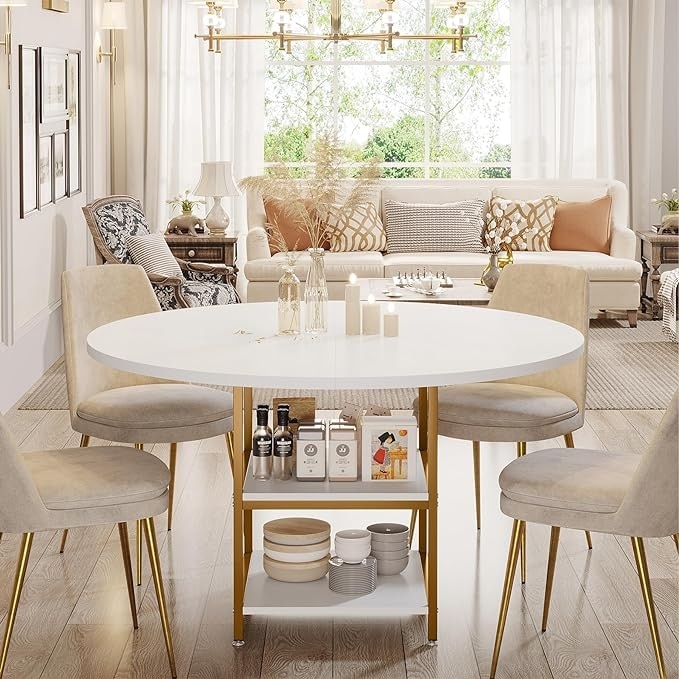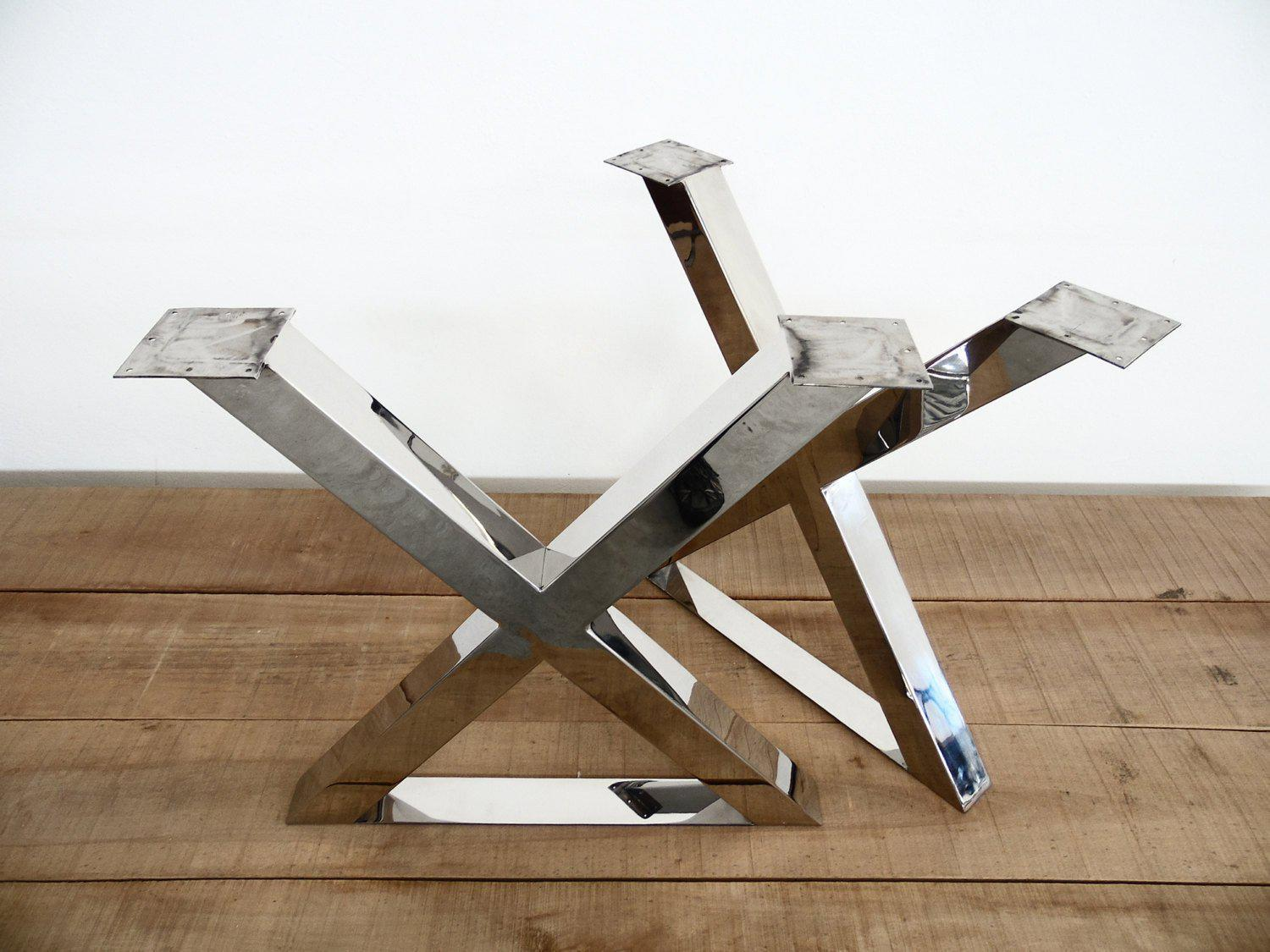Exactly How to Pick the Perfect Eating Room Table Legs for Your Home Design
Picking the perfect eating space table legs is a nuanced process that requires mindful factor to consider of numerous aspects, including your area constraints, aesthetic choices, and functional requirements. The interaction in between styles, materials, and measurements can considerably affect the atmosphere of your dining area, making it necessary to approach this decision methodically.
Assess Your Eating Space
Assessing your eating room is important for selecting the right table legs that enhance both visual appeals and capability. Begin by measuring the dimensions of your eating area, consisting of ceiling height, flooring space, and proximity to other furniture. This info will certainly assist determine the ideal dimension and height of your eating table, which directly influences the selection of table legs.
Following, think about the design and layout of your dining area. As an example, an open-concept design may take advantage of table legs that offer visual lightness, such as slim steel or acrylic alternatives. On the other hand, a much more standard setup might require strong wood legs that provide a sense of permanence.
Assess the existing color combination and products in your eating location. Harmonizing the table legs with these aspects develops a natural look that improves the overall design. In addition, assume concerning the functionality required in your area. As an example, if you often organize large celebrations, take into consideration legs that provide extra assistance and stability.
Inevitably, an extensive evaluation of your dining space will certainly assist you in making a notified decision, guaranteeing that your table legs not only boost the aesthetic charm however likewise serve practical objectives.
Consider Your Design Preferences
When selecting dining area table legs, it is important to assess your individual style choices, as they dramatically affect the general visual of your eating room. Your selection of table legs can either complement or contrast with existing decor, making it important to align them with your recommended interior design motif.
If your home leans towards a modern aesthetic, take into consideration sleek steel or minimalist wood legs that offer a clean, minimalist appearance. For a much more traditional strategy, ornate wood legs with intricate carvings can include a touch of elegance and refinement. Industrial styles gain from robust, raw materials such as reclaimed timber and steel combinations, mirroring a rugged beauty.
Furthermore, farmhouse and rustic designs frequently prefer sturdy, beefy legs that stimulate a feeling of warmth and convenience. Conversely, if your design is eclectic, you may pick unusual shapes or a mix of products to develop visual rate of interest.

Evaluate Material Options
The option of product for eating area table legs plays a pivotal role in both toughness and aesthetic charm. Typical products consist of timber, steel, and composite alternatives, each offering distinctive attributes that can affect the total appearance and long life of your table.
Timber is a timeless selection, known for its heat and versatility. Woods like oak and walnut give remarkable strength and can be finished in various stains to match any type of decoration. Nonetheless, softwoods like want her latest blog are a lot more susceptible to damages and scratches, making them less ideal for high-traffic areas.
Metal legs, frequently crafted from steel or aluminum, show modernity and commercial appeal. They are immune and extremely resilient to put on, making them appropriate for households with children or constant celebrations (dining room table legs). Furthermore, metal can be ended up in various colors, boosting the personalization possibilities
Composite products, such as MDF or laminate, offer affordability and varied styles. While typically much less resilient than solid timber or metal, they can still supply a fashionable look and are usually easy to maintain.
Inevitably, the product you pick must align with your way of living, aesthetic preferences, and the degree of use your eating table will experience.
Determine Height and Dimension
Selecting the proper height and dimension for your dining-room table is important for both capability and convenience. The standard elevation for dining tables normally ranges from 28 to 30 inches, permitting adequate legroom for most people when seated. It is vital to think about the measurements of your dining area and the types of chairs you plan to utilize.

Furthermore, consider the proportions of your dining-room. A bigger table in a sizable location can develop a grand setting, while a smaller table functions well in even more intimate setups. Inevitably, the right height and dimension will integrate with your total style and boost the dining experience for you and your visitors.
Explore Modification Opportunities

Furthermore, the design of the legs can be tailored to fit different styles, such as rustic, modern-day, or industrial. As an example, conical legs can evoke go to these guys a mid-century modern feeling, while chunky, block-style legs might resonate with traditional or farmhouse style.
Home owners can likewise explore shade finishes, from all-natural timber spots to repaint, enabling them to match or comparison with the tabletop and bordering design.
In addition, leg elevation can be adjusted to fit specific seating plans or individual preferences, boosting both comfort and performance.
Lastly, unique decorations, such as carvings or decorative brackets, can better personalize the table legs, making the eating experience not simply a dish yet a statement item in the home. By thinking about these modification options, home owners can create a dining-room table that absolutely reflects their uniqueness.
Verdict
Selecting the optimal dining-room table legs requires cautious factor to consider of numerous factors, including the measurements of the eating room, design preferences, material longevity, and desired height. Personalization choices better boost the ability to achieve a cohesive visual that enhances the overall design. By methodically reviewing these components, homeowners can ensure that the chosen table legs not only meet useful needs yet additionally add favorably to the eating experience and atmosphere of the home.
Choosing the suitable eating area table legs is a nuanced procedure that calls for mindful factor to consider of numerous aspects, including your area restrictions, aesthetic preferences, and useful needs.Analyzing your eating room is critical for picking the right table legs that match both appearances and capability.When figuring out size, measure the location where the table will certainly be put to ensure it fits comfortably, permitting for at the very least 36 inches of clearance around the table for simple movement. A bigger table in a sizable location can create a grand setting, while a smaller sized table works well in more intimate setups.Choosing the optimal dining area table legs calls for cautious consideration of numerous aspects, including the measurements of the dining room, style preferences, material resilience, and desired elevation.